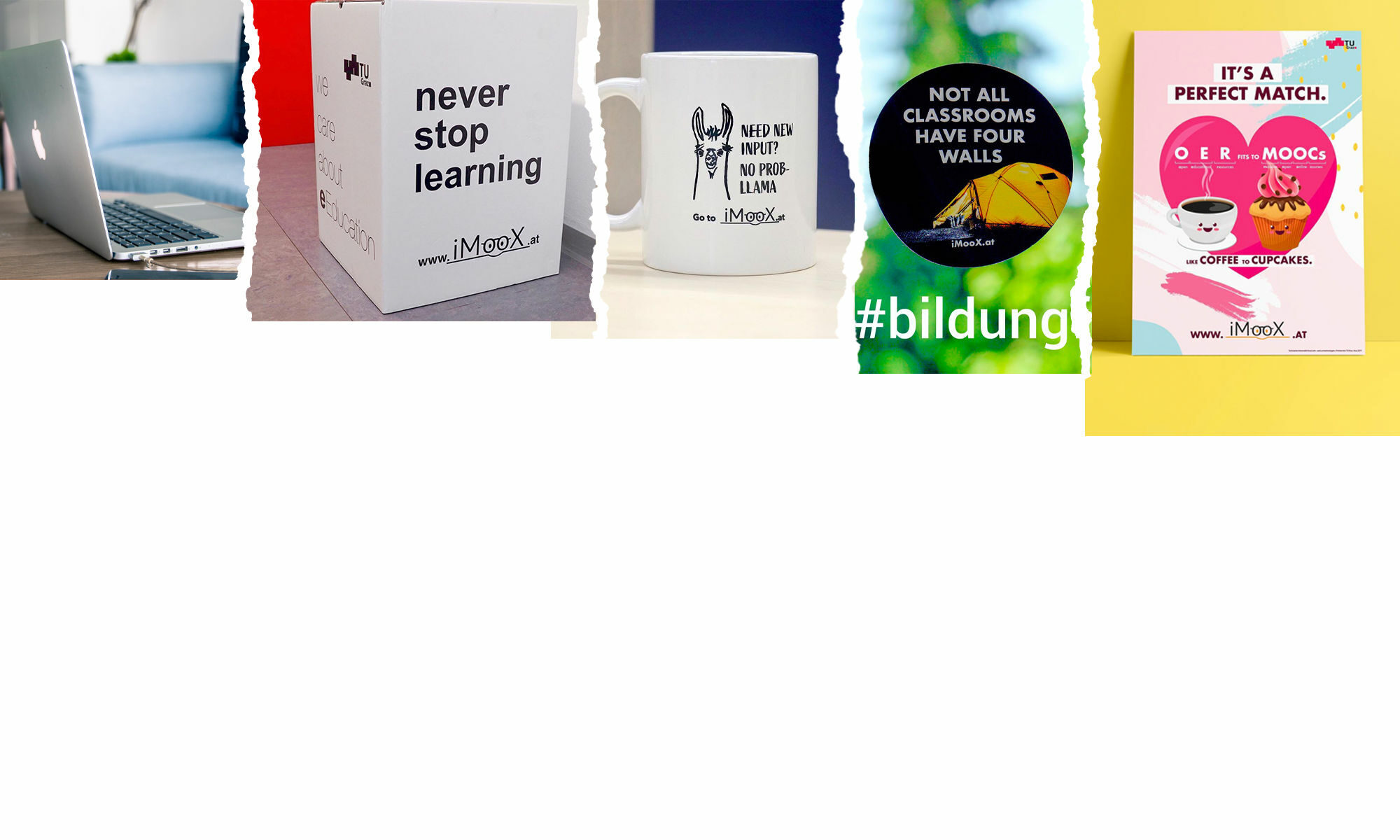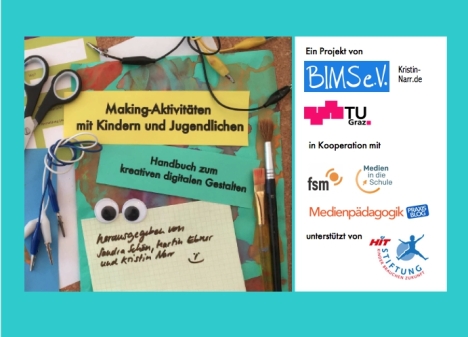Our chapter about „Mining and Visualizing Trends from Educational Systems using Linked Data“ as part of the book „Immersive Education“ got published.
Abstract:
This work introduces a case study on usage of semantic context modelling and creation of Linked Data from logs in educational systems like a Personal Learning Environment (PLE) with purpose on improvements in generally with respect to social and semantic analysis of the parameters on user and activity centric level. Sample case study demonstrates the usage of semantic modelling of the activity context using adequate domain specific ontologies and semantic technologies and visualization of such data as result of analysis of such modelled data represented in the form of Linked Data. This approach implies the easy interfacing and extensibility on machine or human level offering fast insight on statistical trends.
[Link to draft version at ResearchGate]
Reference: Softic, S., Taraghi, B., Ebner, M. (2015) Mining and Viszualising Trends from Educational Systems using Linked Data. In: Immersive Education. Ebner, M., Erenli, K., Malaka, R., Pirker, J., Walsh, A. (Eds.). Communications in Computer and Information Science 486. Springer. pp. 17-26

